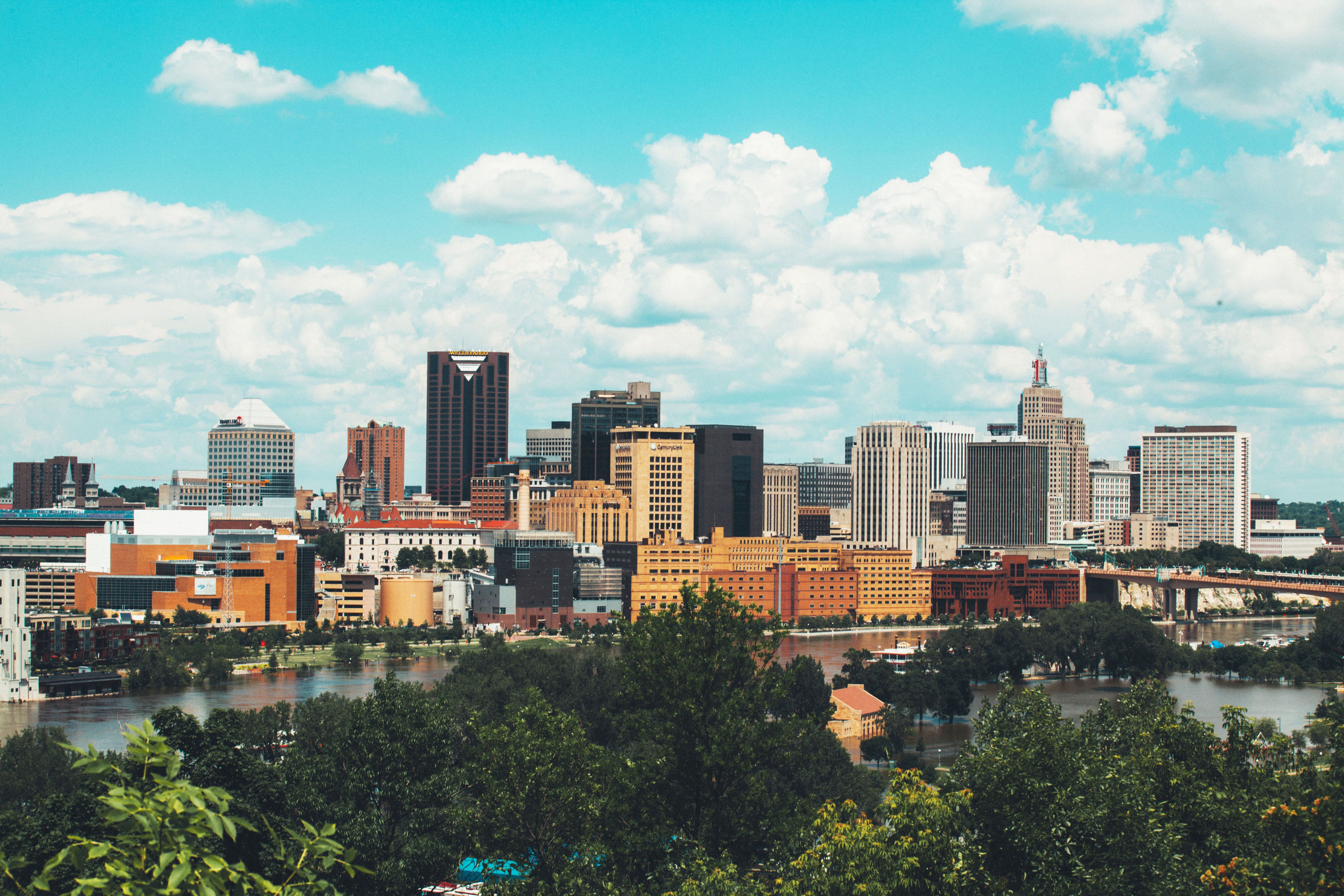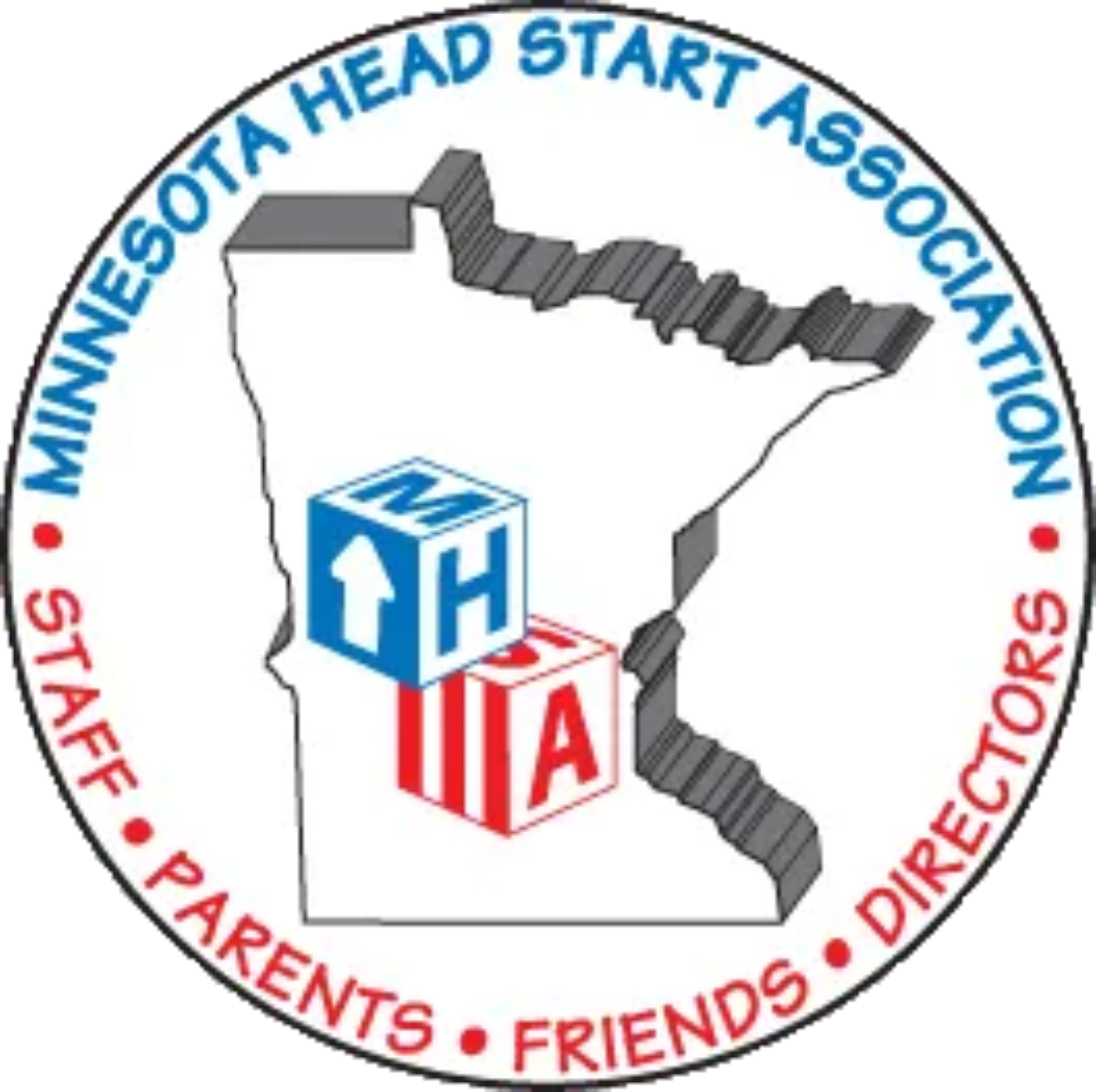
Part two of a four-part blog
In part one of our blog focusing on Areas of Concentrated Poverty (ACP) in the Twin Cities, we noted that since 1980, the number of ACP classified neighborhoods in Hennepin and Ramsey counties has risen from 19 to 41. And, writing for MinnPost, data specialist Greta Kaul explains that these ACP census tracts fall into four different categories: Newly Poor, Deepening Poverty, Persistent Poverty, and Turning Around/Leaving Poverty.
Newly Poor
According to the Economic Innovation Group (EIG), two out of every five ACPs in Hennepin and Ramsey counties are considered “newly poor.” These neighborhoods are primarily in the central cities of Minneapolis and St. Paul. In St. Paul, as Kaul reports, these census tracts include “parts of Summit-University, the North End, Payne-Phalen and Dayton’s Bluff.”
Deepening Poverty
As for areas that are witnessing deepening poverty, the EIG study counts approximately 20 percent of current ACPs in this category, including census tracts in St. Paul’s Thomas-Dale neighborhood, Union Park, and on the city’s West Side. Some of these communities have seen poverty rates increase by as much as 50 percent in the last 40 years.
Persistent Poverty
ACPs that are classified as having Persistent Poverty also include census tracts in St. Paul’s Summit-University, Thomas-Dale, and North End neighborhoods. Kaul cites one particular neighborhood in Thomas-Dale (near the Minnesota State Capitol building) where the poverty rate has remained “between 40 and 60 percent for the last 40 years,” adding that once poverty becomes so concentrated in a given area, it is exceedingly difficult overcome that status.
Turning Around/Leaving Poverty
Of the census tracts that could be classified as ACPs back in 1980, approximately one of every seven have been turned around today. And, it is important to note that nationwide, a significant number of these neighborhoods are gentrified communities near downtowns or what many experts have come to call “innovation districts,” which are specifically designed to entice entrepreneurs, artists, start-up business incubators, and other public/private developments. Among the places where this trend has taken root include Brooklyn, Detroit, Portland, Atlanta, Philadelphia, Cleveland, Seattle, and San Francisco.
In part-three of this blog, we will focus more on the intersection of race and poverty as related to the increasing number of ACP50s (Areas of Concentrated Poverty where people of color account for 50 percent or more of the population) and why efforts to reverse these trends are paramount in the age of COVID-19.









